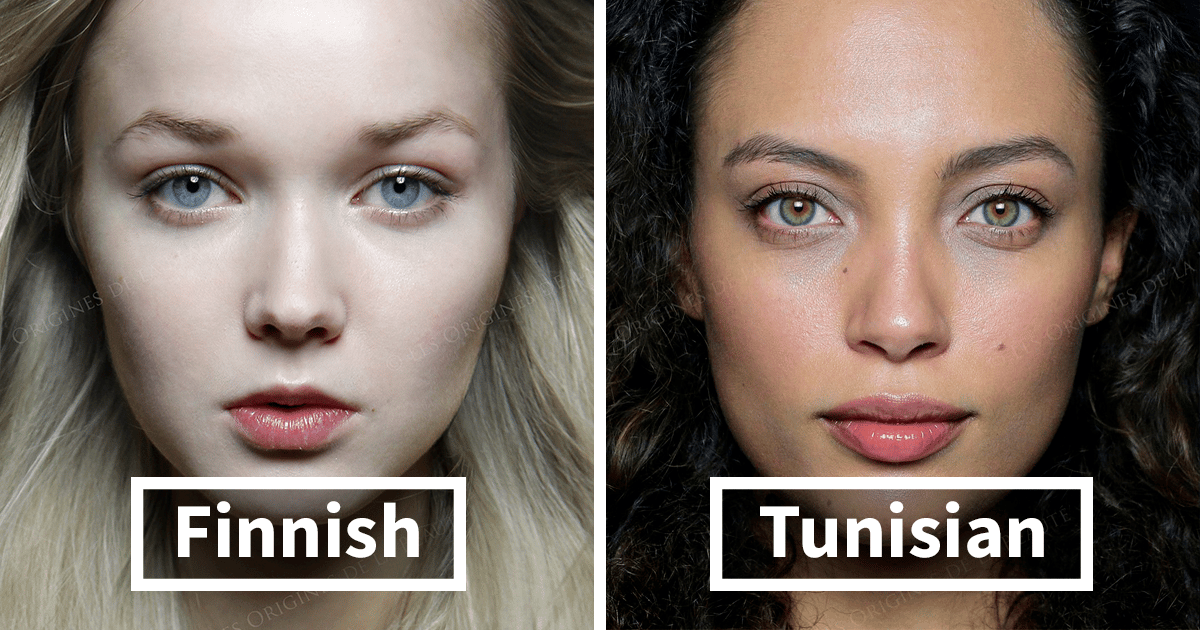Have you seen beautiful pictures clicked by Natalia Ivanova, a Paris-based Russian documentary filmmaker, and photographer? She has also started the Les origines de la beauté (The Ethnic Origins of Beauty) project back in 2012.
With the help of this project, she wanted to capture the raw beauty of each region with her camera. Natalia says that the motive of this project is to ” show the real scale of ethnocultural diversity in a full, systematic and creative way”. Scroll down to have a look.
#1 Tunisian

Tunisian people, or Tunisians (Arabic: تونسيون Tūnisiyyūn, Tunisian Arabic: توانسة Twensa), are a Maghrebi ethnic group and nation native to Northern Africa, who speak Tunisian (Derja) as their mother tongue in addition to mastering French and/or Arabic, and who share a common Tunisian culture and identity. In addition, a Tunisian diaspora has been established with modern migration, particularly in Western Europe, namely France, Italy, and Germany.
Today, the ethnic identity of Tunisians is the product of a centuries-long historical trajectory, with the Tunisian nation today being a junction of the Amazigh and Punic substratum, as well as Roman, Arab, Andalusian, Turkish, and French cultural and linguistic input.
Tunisians are predominantly genetically descended from Berber groups, with some Phoenician/Punic and other Middle eastern input. In sum, a little less than 20 percent of their overall genetic material (Y-chromosome analysis) comes from the present day Levant, Arabia, Europe, or sub-Saharan Africa.
Almost all the population of Tunis are Sunni Muslims.
Total population: about 14 million.
#2 Ukrainian

Ukrainians are an East Slavic ethnic group native to Ukraine, which is by total population the sixth-largest nation in Europe. Ukrainians live also in Russia, Kazakhstan, Moldova, Belarus, and other countries of the former Soviet Union. There is also a large diaspora in the United States, Canada and other countries.
The word “Ukrainians” also means, more broadly, the citizens of Ukraine.
The Ukrainian language is the Slavic group of the Indo-European family. Ukrainians are predominantly Orthodox Christians. In Western Ukraine, there are also Catholics.
Among the Slavic peoples, the Ukrainian people are the third-largest after the Russians and the Poles.
Ukrainians also include Polissian ethnographic groups (Polishchuk) and a number of Western ethnographic groups (Boyko, Hutsul, Lemkos).
Total population: 46 million.
#3 Icelander

Icelanders (Icelandic: Íslendingar) are a North Germanic ethnic group and nation, native to Iceland, mostly speaking the Germanic language Icelandic.
Icelanders established the country of Iceland in 930 A.D. when Althingi (Parliament) met for the first time. Iceland came under the reign of Norwegian, Swedish, and Danish kings but regained full sovereignty and independence from the Danish monarchy on 1 December 1918, when the Kingdom of Iceland was established. On 17 June 1944, the monarchy was abolished and the Icelandic republic was founded. The language spoken is Icelandic, a North Germanic language, and Lutheranism is the predominant religion.
Total population: 450,000.
#4 Dinka
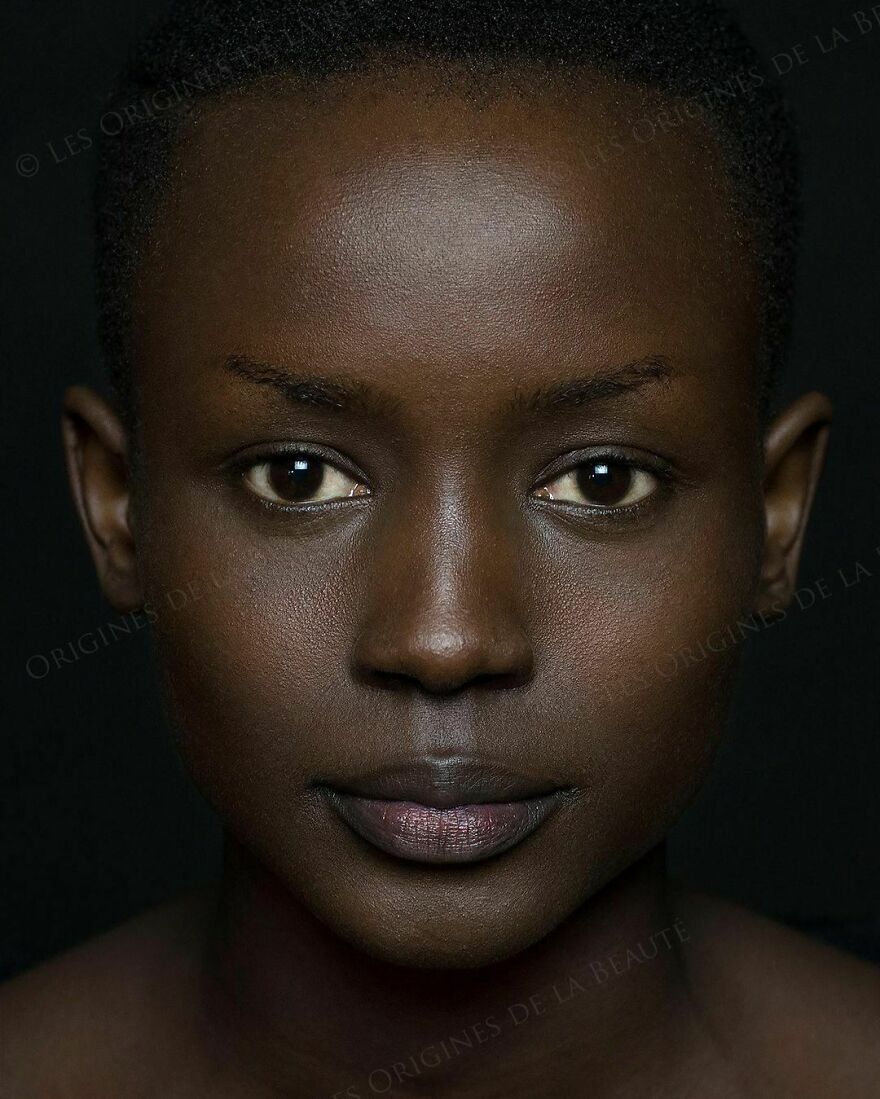
The Dinka people (Dinka: Jiɛ̈ɛ̈ŋ) are a Nilotic ethnic group, people of herders-farmers native to South Sudan, but also having a sizable diaspora population. They mostly live along the Nile, from Mangalla to Renk, in regions of Bahr el Ghazal, Upper Nile (former two of three Southern Provinces in Sudan), and Abyei Area of the Ngok Dinka in South Sudan.
Dinka are considered one of the tallest people of Africa and the world: the average height of men (according to various estimates) is 185-190 cm (and women 175-180 cm). The Dinka people have no centralized political authority, instead of comprising many independent but interlinked clans.
Their language, called Dinka or “Thuɔŋjäŋ” (Thoŋ ë Muɔnyjäŋ), is one of the Nilotic languages of the eastern Sudanic language family. The name means “people” in the Dinka language. It is written using the Latin alphabet with a few additions.
The Dinkas’ herders’ lifestyle is reflected in their religious beliefs and practices. Most revere one God, Nhialic, who speaks through spirits that take temporary possession of individuals in order to speak through them. A part of Dinka people is Sunni Muslims or Christians, mostly Catholics.
Total population: about 4.6 million.
#5 Réunionese
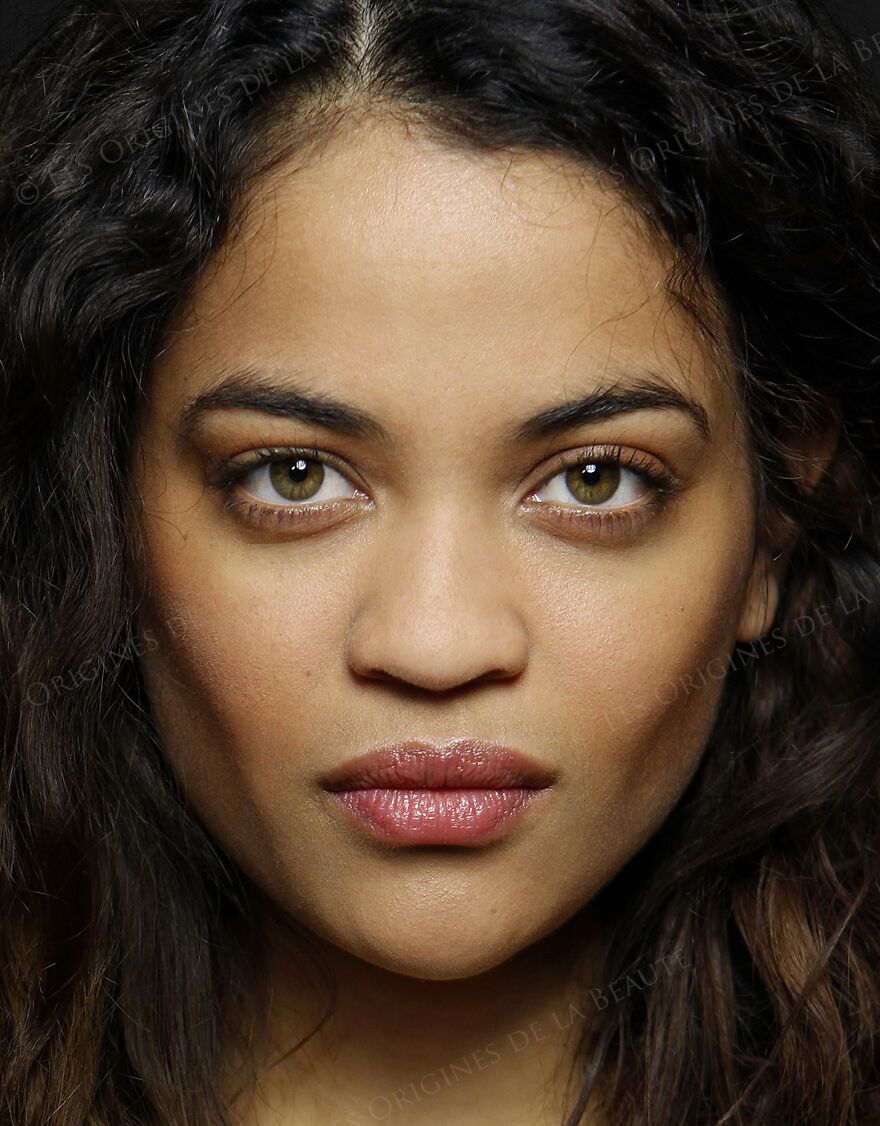
The Reunionese are the people populating of the island of Reunion in the Indian Ocean (“overseas department” of France). Their total number is 250 thousand people. This is mostly a mixed population, which is more than 40% of the population. They speak creolized French. In terms of belief, they are mostly Catholics.
The population was formed as a result of the French colonization of a previously uninhabited island (the second half of the XVIII century) and the importation of slaves from East Africa and Madagascar, and then from West Africa and from the Malabar coast of India, for work on plantations. After the abolition of slavery in the French colonies (1848), indentured workers, not only from Africa but also from India, China, Yemen, Indonesia (island of Java), etc. were also brought to the island.
#6 Wolof
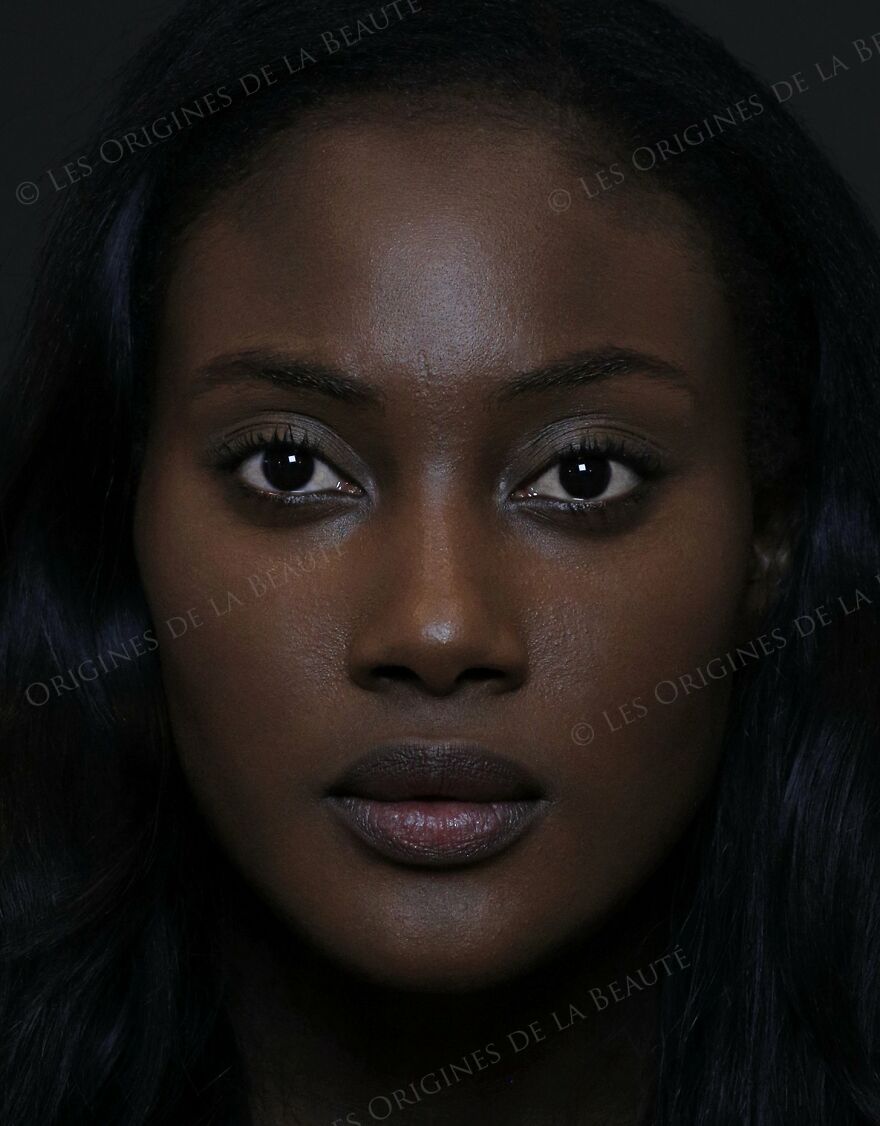
The Wolof are an ethnic group found in Senegal, the Gambia, and Mauritania.
In Senegal, the Wolof form an ethnic plurality with about 43.3% of the population Wolofs.
In the Gambia, about 16% of the population are Wolof. Here, they are a minority, where the Mandinka are the plurality with 42% of the population, yet Wolof language and culture have a disproportionate influence because of their prevalence in Banjul, the Gambian capital, where a majority of the population is Wolof.
In Mauritania, about 8% of the population are Wolof. They live largely in the southern coastal region of the country.
Total number: 6,207,083.
#7 Finnish
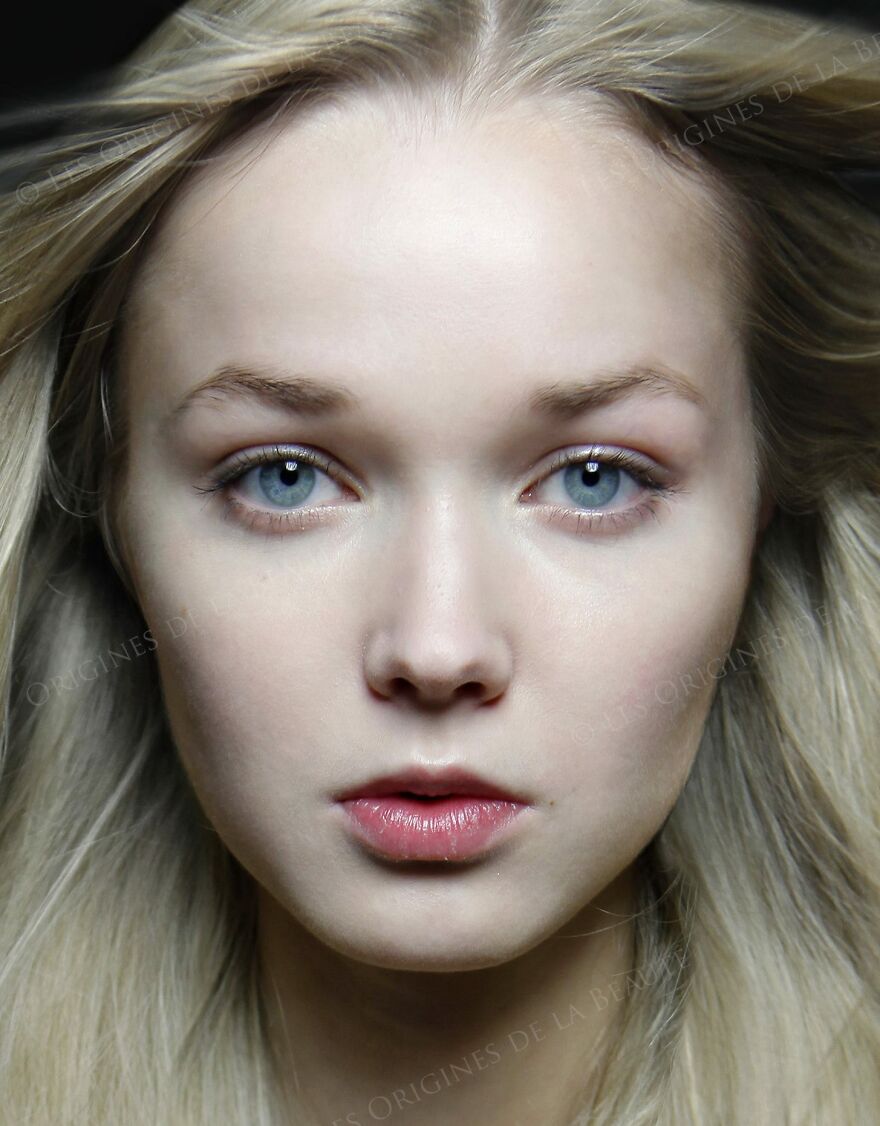
The terms Finns and Finnish people (Finnish: suomalaiset, Finland-Swedish: finnar (ethnic Finns), finländare (citizens of Finland)) are used in English to mean “a native or inhabitant of Finland.” They are also used to refer to the ethnic group historically associated with Finland or Fennoscandia, and they are only used in that sense here.
Linguistically, Finnish, spoken by most Finns, is part of the Uralic language family and is most closely related to other Finnic languages such as Karelian and Estonian, while Swedish, spoken by Swedish-speaking Finns, is unrelated to the Finnish language and a member of the Indo-European language family. Finnish has loanwords from Baltic, Germanic, Sami, and Slavic languages.
Total population: 6.5 million.
#8 Moldovan

Moldovans are people in South-Eastern Europe, the main population of Moldova.
Moldovans constitute the majority of the population (2.7 million people—76.1%) of Moldova and a significant proportion of the population of Transnistria. They also live in Ukraine, Russia, Italy, Romania, and other countries.
They speak Moldovan, a member of the Romance language group. In modern #Moldavia, the literary language does not differ from Romanian; however, in the vocabulary and phonetics of the spoken Moldovan language, especially some of its dialects, there are differences at the level of the local dialect. Among Moldovans, Russian and, to a lesser extent, Ukrainian languages are also common.
The majority of Moldovan believers are Orthodox.
TOTAL NUMBER: 3.35 million people.
#9 Jola
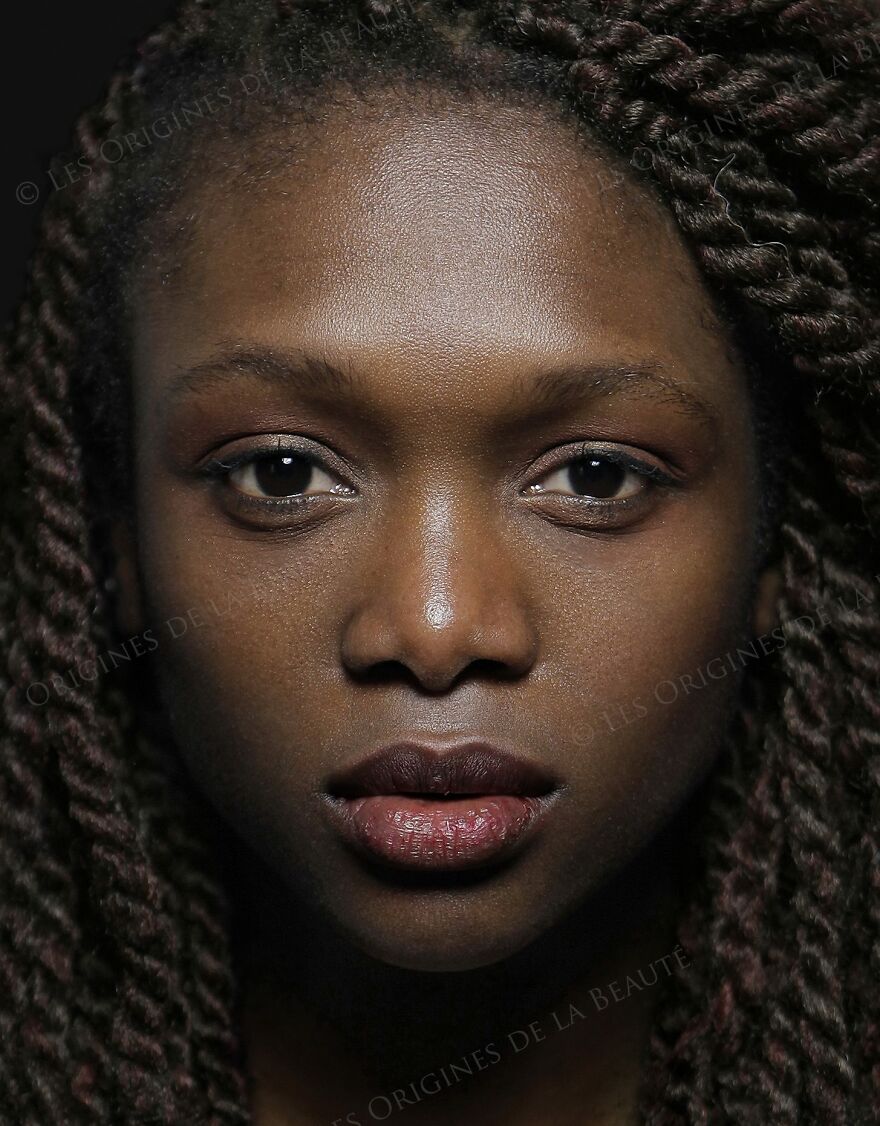
The Jola (Diola, in French transliteration) are an ethnic group found in Senegal (where they predominate in the region of Casamance), the Gambia, and Guinea-Bissau. There are great numbers on the Atlantic coast between the southern banks of the Gambia River, the Casamance region of Senegal, and the northern part of Guinea-Bissau. The Jola are believed to have preceded the Mande and Fula peoples in the riverine coast of Senegambia and may have migrated into Casamance before the 13th century. The Jola and Serer people with whom they have an ancient relationship are believed to be some of the oldest historical inhabitants of the Senegambia Region. The Jola language is distinct from the Dioula language of the Dioula (Dyoula) Mande people of the Gambia, Upper Niger, and the Kong highlands of Burkina Faso.
Total population: 650,000.
#10 Kyrgyz
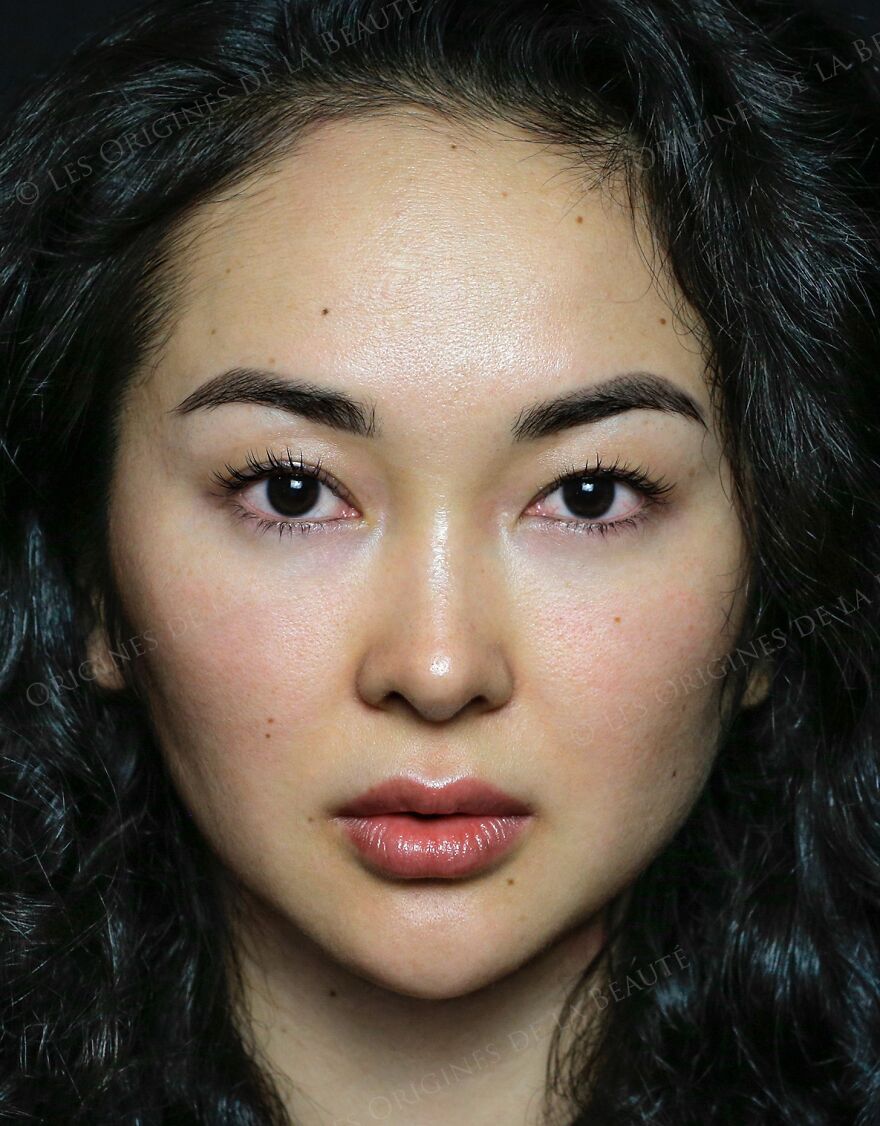
The Kyrgyz, also spelled Kyrghyz and Kirghiz, are Turkic people living primarily in the Kyrgyz Republic. The Kyrgyz live also in Uzbekistan, Kazakhstan, Russia, and China. They form one of the 56 ethnic groups officially recognized by the People’s Republic of China.
Kyrgyz are predominantly Muslims of the Hanafi Sunni school.
Total population: 6 million.
#11 Yazidi
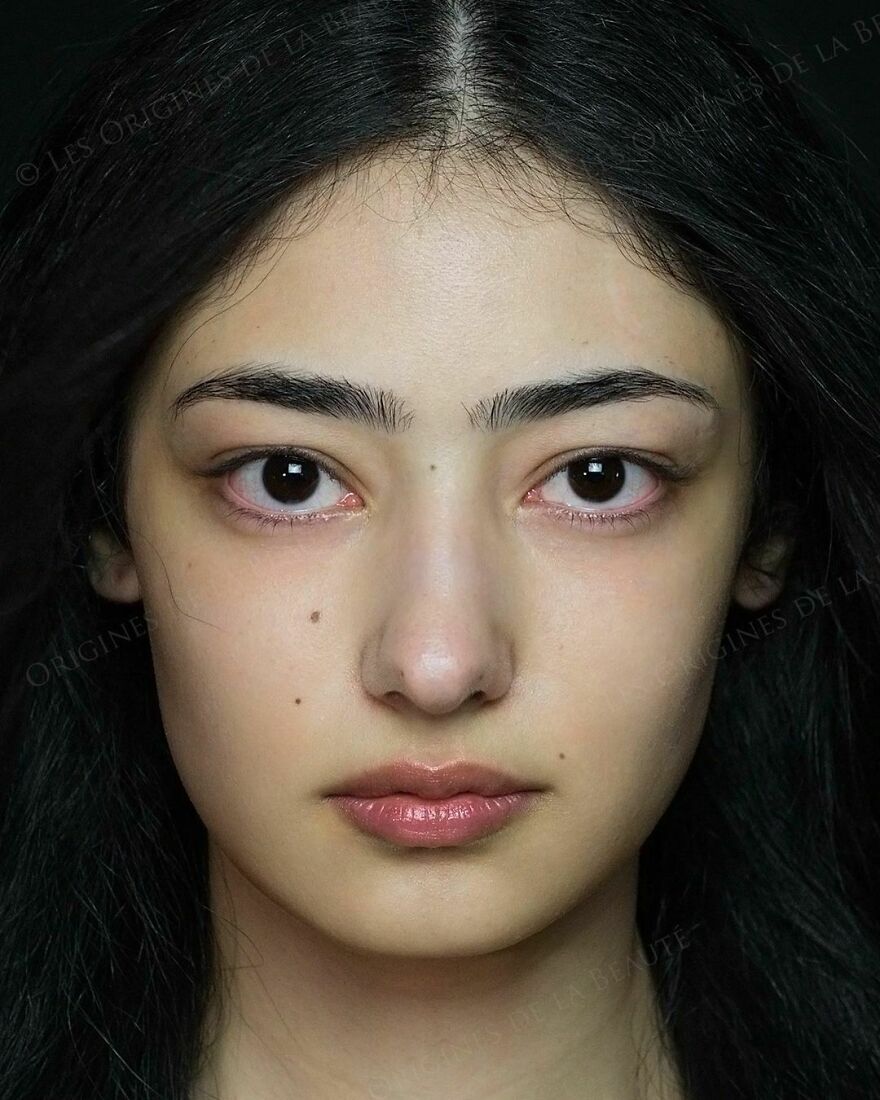
Yazidis are an endogamous and mostly Kurmanji-speaking minority, indigenous to Upper Mesopotamia. The majority of Yazidis remaining in the Middle East today live in the disputed territories of Northern Iraq, primarily in the Nineveh and Dohuk governorates. Historically, the Yazidis lived primarily in communities located in present-day Iraq, Turkey, and #Syria and also had significant numbers in Armenia and Georgia.
In August 2014, the Yazidis became victims of a #genocide by the Islamic State of Iraq and the Levant in its campaign to eradicate non-Islamic influences.
There is a disagreement on whether Yazidis are a religious sub-group of Kurds or a distinct ethnic group, among both scholars and Yazidis themselves.
The Yazidi religion is monotheistic and can be traced back to ancient Mesopotamian religions.
Yazidism is a monotheistic faith based on a belief in one God, who created the world and entrusted it into the care of a Heptad of seven Holy Beings, often known as Angels or heft sirr (the Seven Mysteries). Preeminent among these is Tawûsê Melek (also known as “Melek Taus”), the Peacock Angel. Yazidis only intermarry with other Yazidis; those who marry non-Yazidis are expelled from their family and are not allowed to call themselves Yazidis.
Total population: about 1 million.
#12 Ossetian
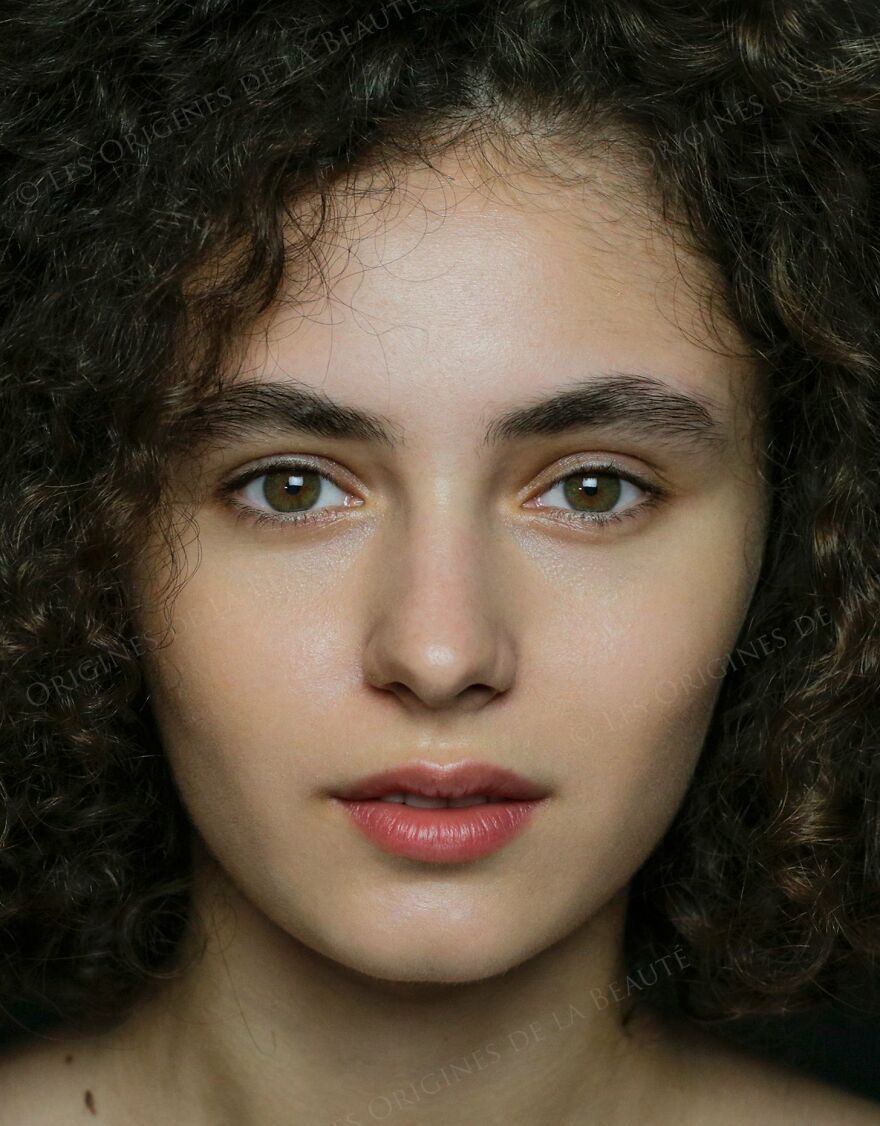
The Ossetians (Ossetian: ирæттæ, irættæ) are an Iranian ethnic group of the Caucasus Mountains, indigenous to the region known as Ossetia. They speak Ossetic, an Iranic language of the Eastern branch of the Indo-European languages family, with most also fluent in Russian as a second language. The Ossetians are mostly Eastern Orthodox Christian, with a Muslim minority.
The Ossetians mostly populate Ossetia, which is politically divided between North Ossetia–Alania in Russia, and South Ossetia, which since the 2008 South Ossetia war has been de facto independent from Georgia.
Total population: 720,000.
#13 Chechen
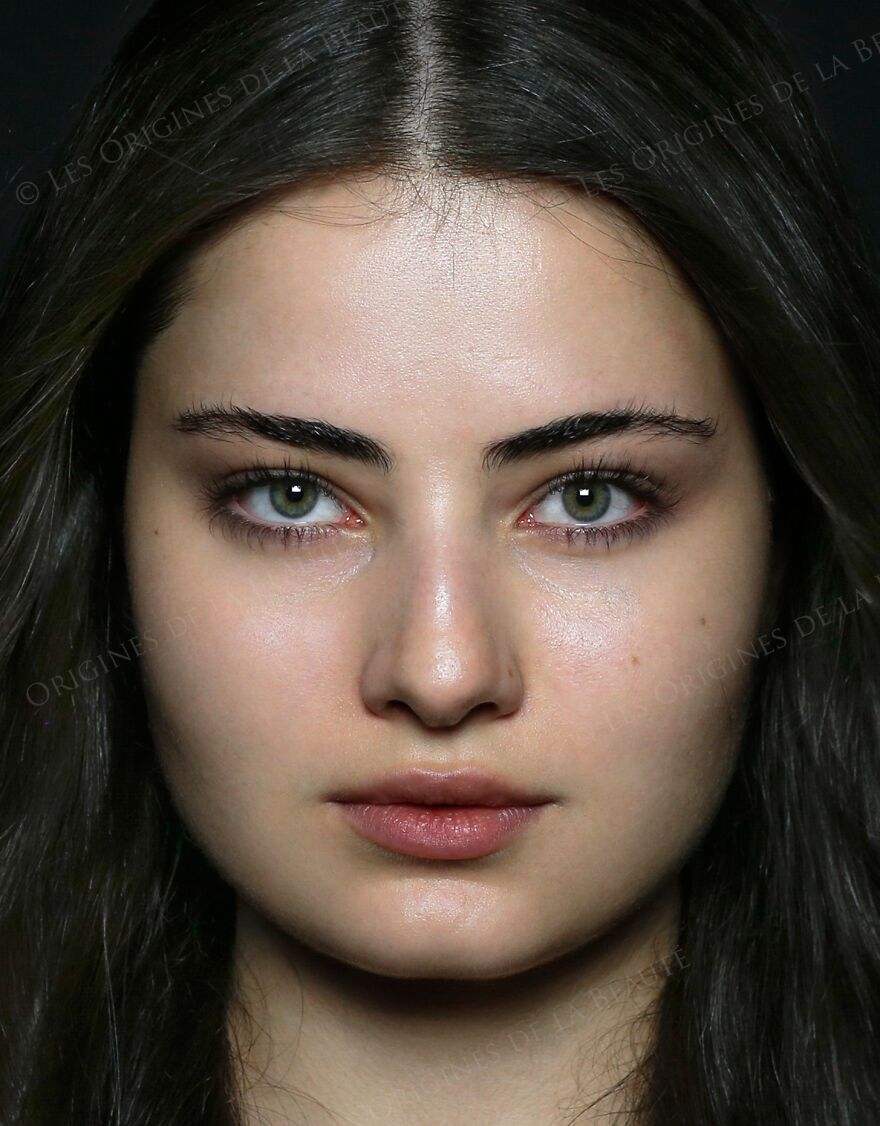
Chechens (English pronunciation: /tʃʼɛtʃɛn/, Chechen: Hохчий Noxçiy) constitute a native Northeast Caucasian ethnic group of the Nakh peoples originating in the North Caucasus region of Eastern Europe. The majority of Chechens today live in the Chechen Republic, a subdivision of the Russian Federation. Chechen society has traditionally been egalitarian and organized around many autonomous local clans, called teips.
The main language of the Chechen people is Chechen. Chechen belongs to the family of Nakh languages (Northeast Caucasian languages).
Chechnya is predominantly Muslim. Chechens are overwhelmingly adherents to the Shafi’i Madhhab of Sunni Islam, the republic having converted to Islam between the 16th and the 19th centuries.
Total population: 1.7 million.
#14 Altaian

The Altaians or Altai are Turkic people living in the Siberian Altai Republic and Altai Krai ( the federal subjects of Russia). Altai is the ancestral home of the modern Turkic peoples of the world. Here, in 552, ancient Turks created their own state—Khanate. It formed the primeval language of the Turks, which spread among all peoples of Khanate thanks to the emergence of writing in connection with the state of the Turks, known today as “Orkhon-Yenisei runic writing.” All this gave the appearance of a linguistic “Altaic family” of languages (which, according to its supporters, includes Turkic, Mongolian, Tungus-Manchu and Japanese-language branches, as well as Korean, a language isolate). The traditional religion of Altaians is shamanism. From 1917, they were subjected to Christianization.
Total number: about 80,000.
#15 Kabyle
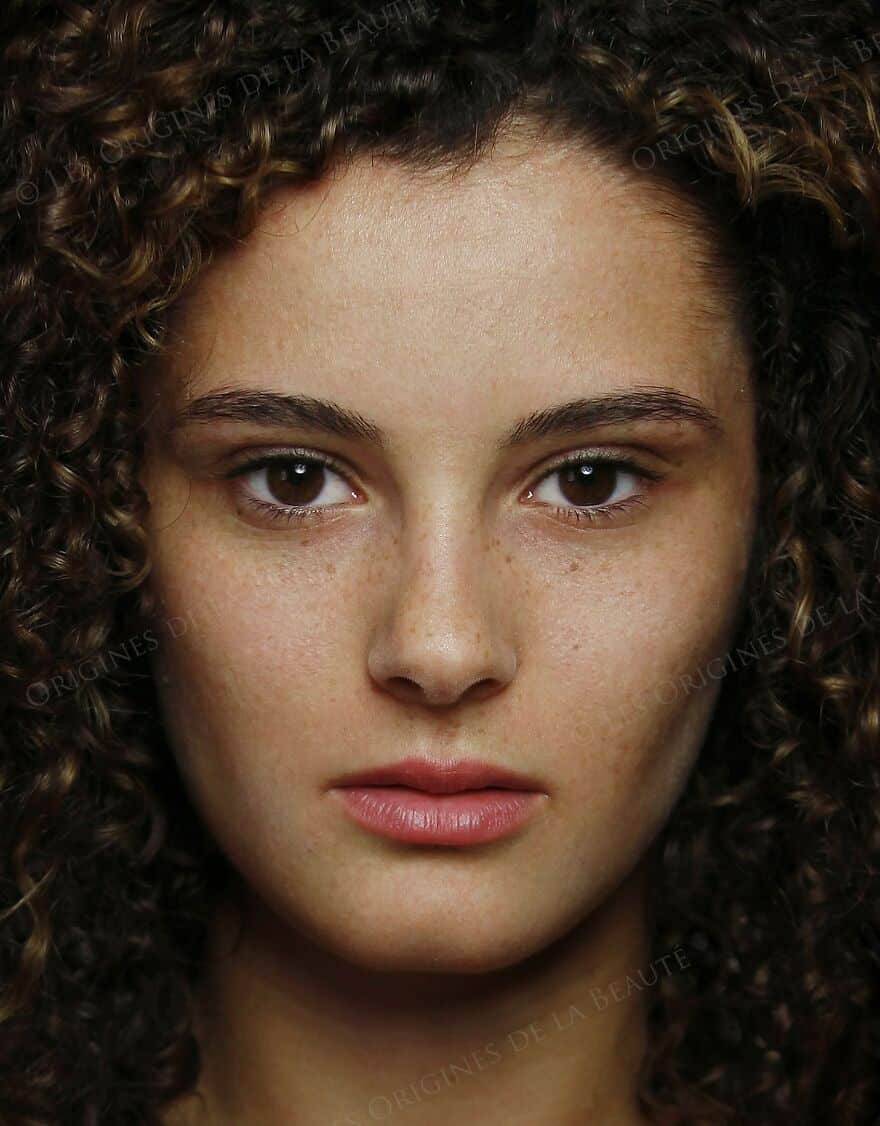
The Kabyle people (Kabyle: Iqvayliyen) are a Berber ethnic group native to Kabylie (or Kabylia) in the north of Algeria, one hundred miles east of Algiers. They represent the largest Berber-speaking population of Algeria and the second-largest in Africa. Emigration, influenced by factors such as the French conquest of Algeria, deportation, and latterly industrial decline and unemployment, resulted in Kabyle people being found throughout the world. Large populations of Kabyle people settled in France and, to a lesser extent, Canada.
Kabyles speak the Kabyle language and, since the Berber Spring of 1980, have been at the forefront of the fight for the official recognition of Berber languages in Algeria.
Total number: about 6.5 million.
#16 Armenian
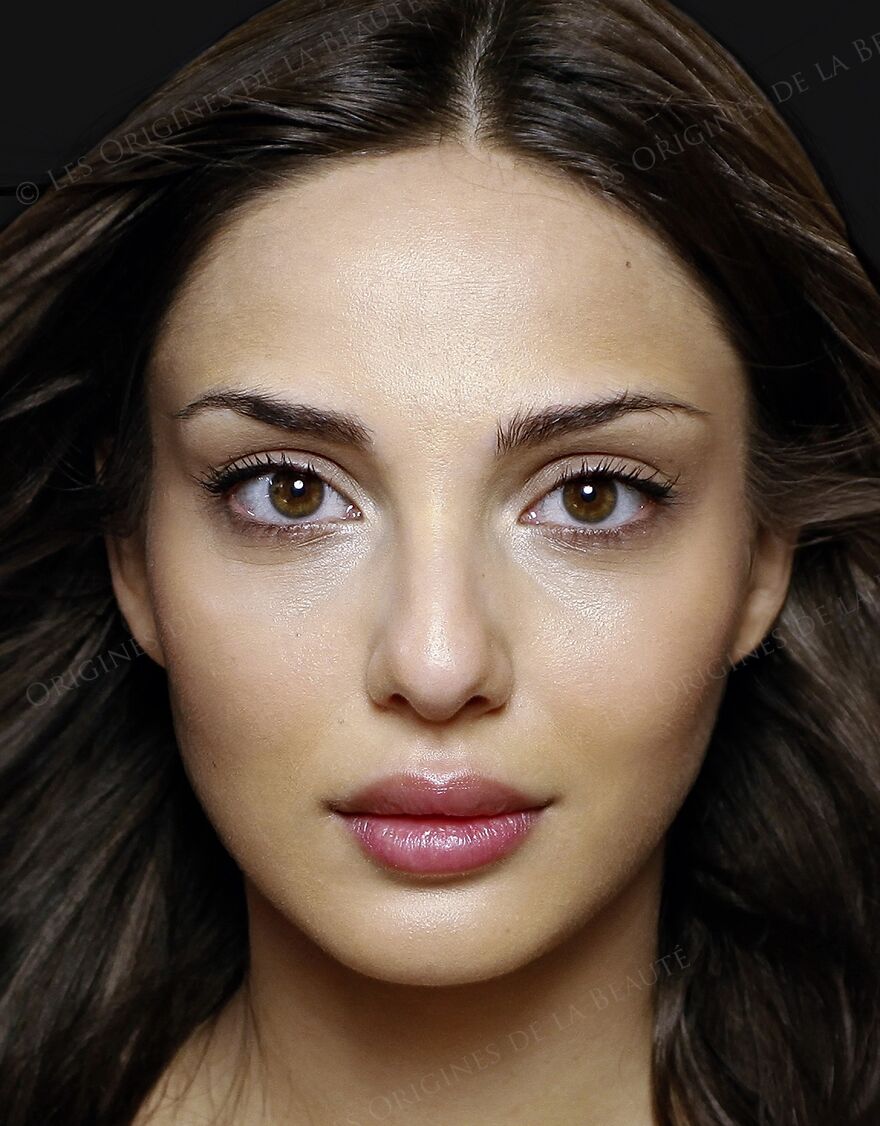
Armenians (Armenian: հայեր, hayer [hɑˈjɛɾ]) are an ethnic group native to the Armenian Highland.
The Republic of Armenia and the unrecognized de facto independent Nagorno-Karabakh Republic are the two countries where Armenians form a majority, both with a nearly homogeneous population. Because of a wide-ranging and long-lasting diaspora, an estimated total of 5-7 million people of full or partial Armenian ancestry live outside of Armenia. As a result of the Armenian Genocide, a large number of survivors fled to many countries throughout the world. The largest Armenian populations today exist in Russia, the United States, France, Georgia, Iran, Lebanon, and Syria.
Most Armenians adhere to the Armenian Apostolic Church, a non-Chalcedonian church, which is also the world’s oldest national church. Christianity began to spread in Armenia soon after Jesus’s death, due to the efforts of two of his apostles, St. Thaddeus and St. Bartholomew. In the early 4th century, the Kingdom of Armenia became the first nation to adopt Christianity as a state religion.
Total population: 8 million.
#17 Lithuanian
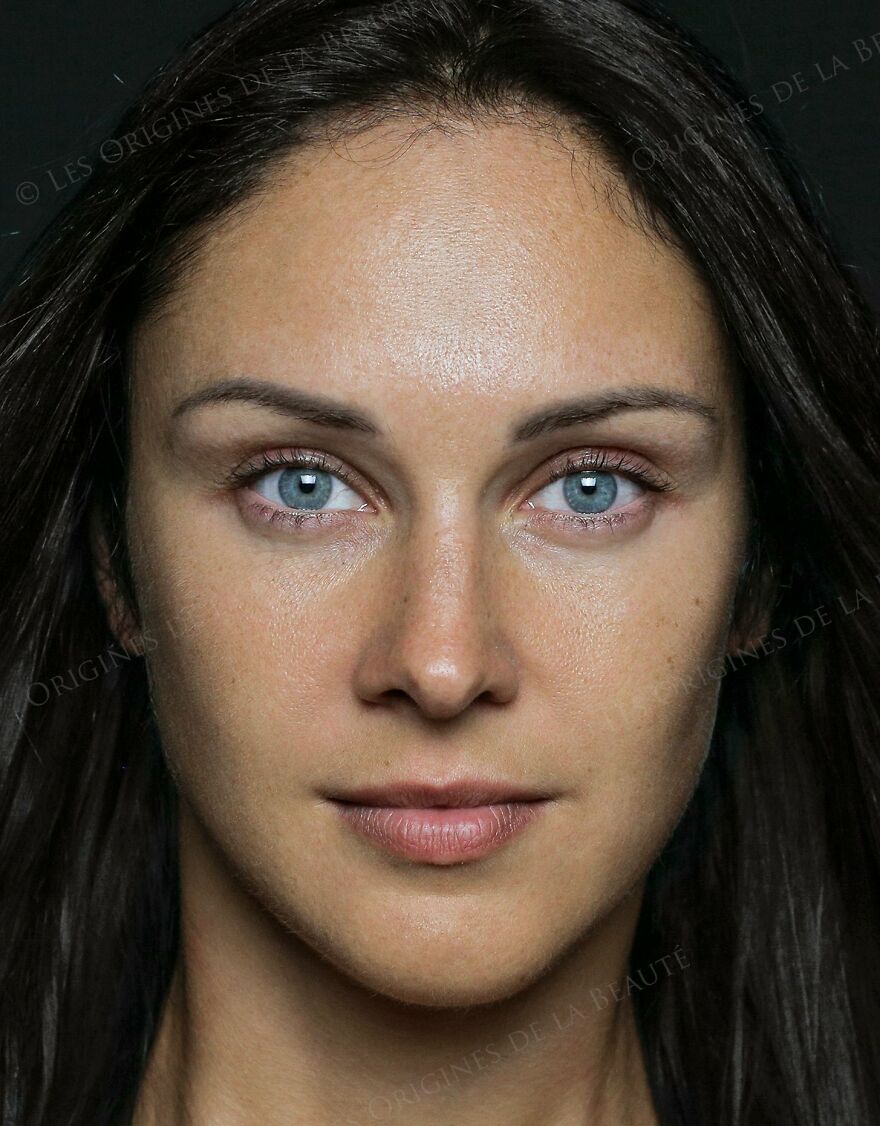
Lithuanians (Lithuanian: lietuviai, singular lietuvis/lietuvė) are a Baltic ethnic group, native to Lithuania, where they number around 2,561,300 people. Another million or more make up the Lithuanian diaspora, largely found in countries such as the United States, Argentina, Brazil, Canada, Colombia, Russia, United Kingdom, and Ireland. Their native language is Lithuanian, one of only two surviving members of the Baltic language family. According to the census conducted in 2001, 83.45% of the population of Lithuania identified themselves as Lithuanians, 6.74% as Poles, 6.31% as Russians, 1.23% as Belarusians, and 2.27% as members of other ethnic groups. Most Lithuanians belong to the Roman Catholic Church, while the Lietuvininkai (Prussian Lithuanians) who lived in the northern part of East Prussia prior to World War II, were mostly Evangelical Lutherans.
Total population: about 4 million.
#18 Fula
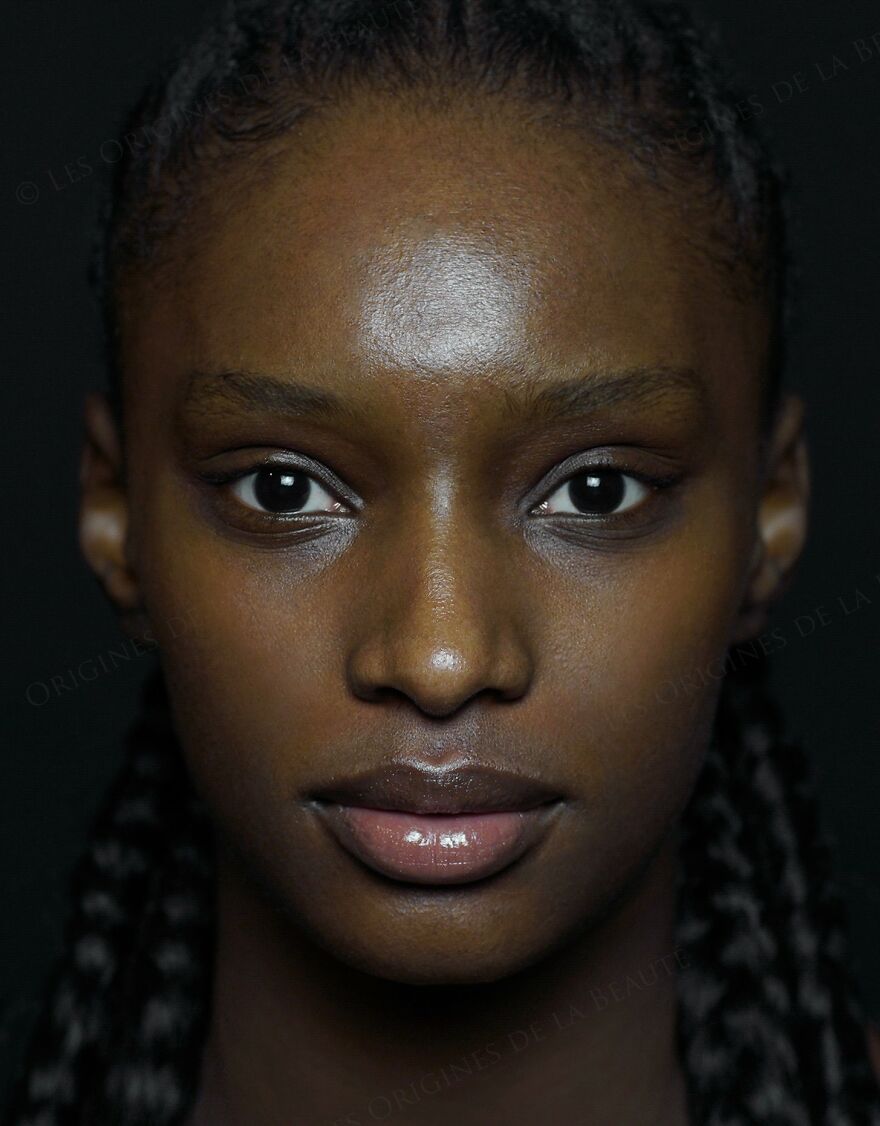
Fula people, or Fulani or Fulbe, are an ethnic group spread over many countries, predominantly in West Africa, but found also in Central Africa and Sudanese North Africa. African countries where they are present include Mauritania, Ghana, Senegal, Guinea, The Gambia, Mali, Nigeria, Sierra Leone, Benin, Burkina Faso, Guinea Bissau, Cameroon, Côte d’Ivoire, Niger, Chad, Togo, the Central African Republic, Liberia, and as far as Sudan and Egypt in the East. Fula people form a minority in every country they inhabit, but in Guinea, they represent a plurality of the population (40%).
Total population – 23-25 million.
#19 German

Germans (German: Deutsche) are a Germanic ethnic group native to Central Europe, who share a common German ancestry, culture, and history, and speak the German language as their native language.
ETHNOGENESIS:
The Germans are Germanic people, who as an ethnicity emerged during the Middle Ages basically made up the Germanic tribes such as the Alamanni, Bavaria, Franks, Saxons, Lombards, Marcomanni, Goths, Nemeth, Schwab, and others. Originally part of the Holy Roman Empire, around 300 independent German states emerged during its decline after the Peace of Westphalia in 1648 ending the Thirty Years War. These states eventually formed into modern Germany in the 19th century.
RESETTLEMENT:
Of approximately 100 million native speakers of German in the world, roughly 80 million consider themselves Germans. There are an additional 80 million people of German ancestry mainly in the United States, Brazil (mainly in the South Region of the country), Argentina, Canada, South Africa, the post-Soviet states (mainly in Russia and Kazakhstan), and France, each accounting for at least 1 million. Thus, the total number of Germans lies somewhere between 100 and more than 150 million, depending on the criteria applied (native speakers, single-ancestry ethnic Germans, partial German ancestry, etc.).
Today, people from countries with a German-speaking majority such as Austria, Switzerland, Liechtenstein, and other historically-tied countries like Luxembourg, have developed their own national identity (not ethnic identity), and since the end of World War II, have not referred to themselves as “Germans” in a modern context.
LANGUAGE:
The native language of Germans is German, a West Germanic language, related to and classified alongside English and Dutch, and sharing many similarities with the North Germanic and Scandinavian languages. Spoken by approximately 100 million native speakers, German is one of the world’s major languages and the most widely spoken first language in the European Union. German has been replaced as the dominant language of science-related Nobel Prize laureates during the second half of the 20th century. It was a lingua franca in the Holy Roman Empire.
TOTAL POPULATION: about 140 million.
#20 Bengali
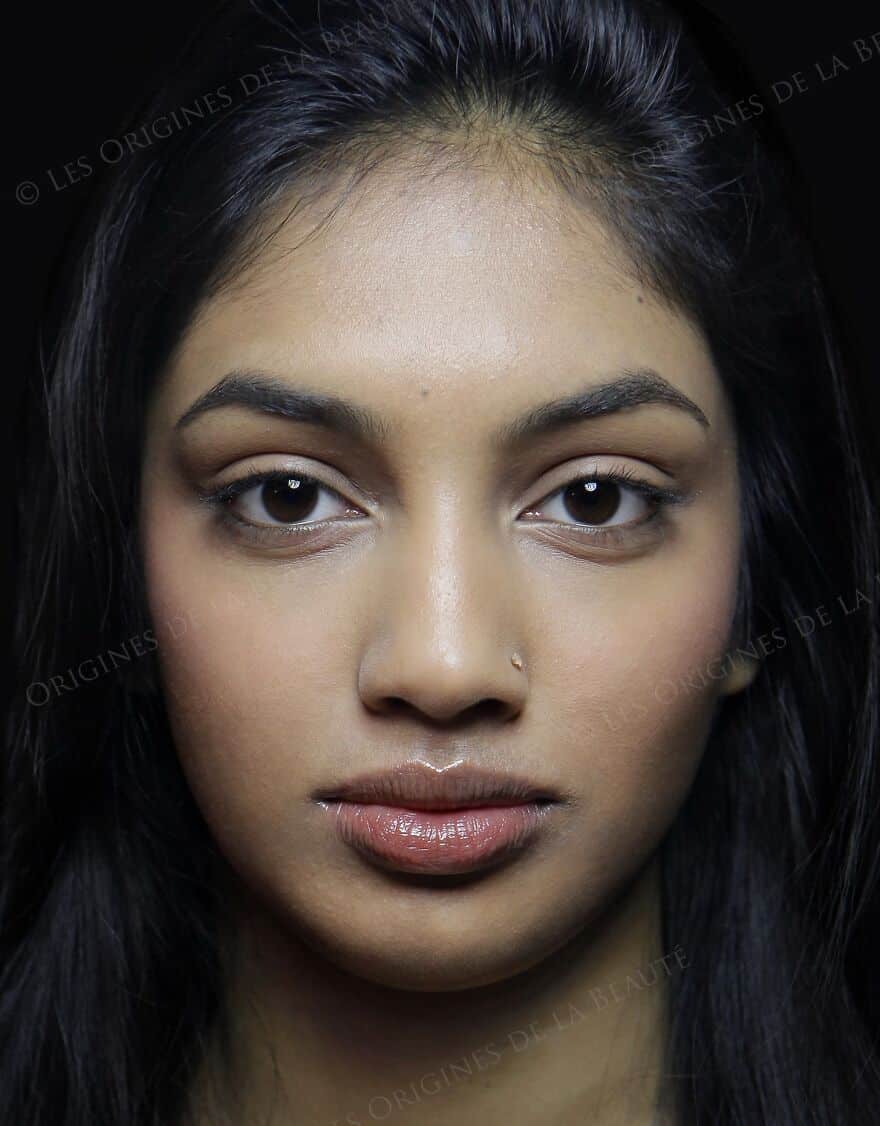
The Bengali people (Bengali: বাঙালি Bangali, Bengali: বাঙ্গালি জাতি Bangali jati) are the principal ethnic group native to the region of Bengal, which is politically divided between Bangladesh and India. The Bengali language (বাংলা Bangla) is associated with the Bengali people as the predominant native tongue. They are mostly concentrated in Bangladesh and the states of West Bengal and Tripura in India. There are also a number of Bengali communities scattered across North-East India, New Delhi, and the Indian states of Assam, Jharkhand, Bihar, Maharastra, Karnataka, Kerala, Andhra Pradesh, Madhya Pradesh, Uttar Pradesh, and Orissa. A huge Bengali community also resides in Pakistan. In addition, there are significant Bengali communities beyond South Asia; some of the most well-established Bengali communities are in the United Kingdom and the United States. Large numbers of Bengalis have settled in Britain, mainly living in the eastern boroughs of London, numbering from around 300,000; in the USA there are about 150,000 living across the country, mainly in New York. There are also millions living across the Gulf States, the majority of whom are living as foreign workers. There are also many Bengalis in Malaysia, South Korea, Canada, Japan, Australia, New Zealand, Singapore, and many other countries.
Total population: about 250 million.


